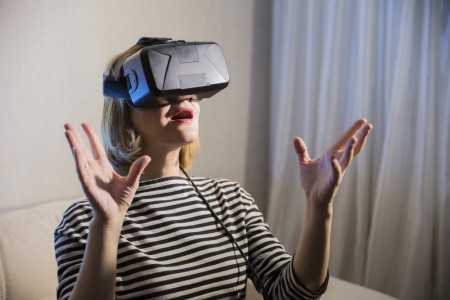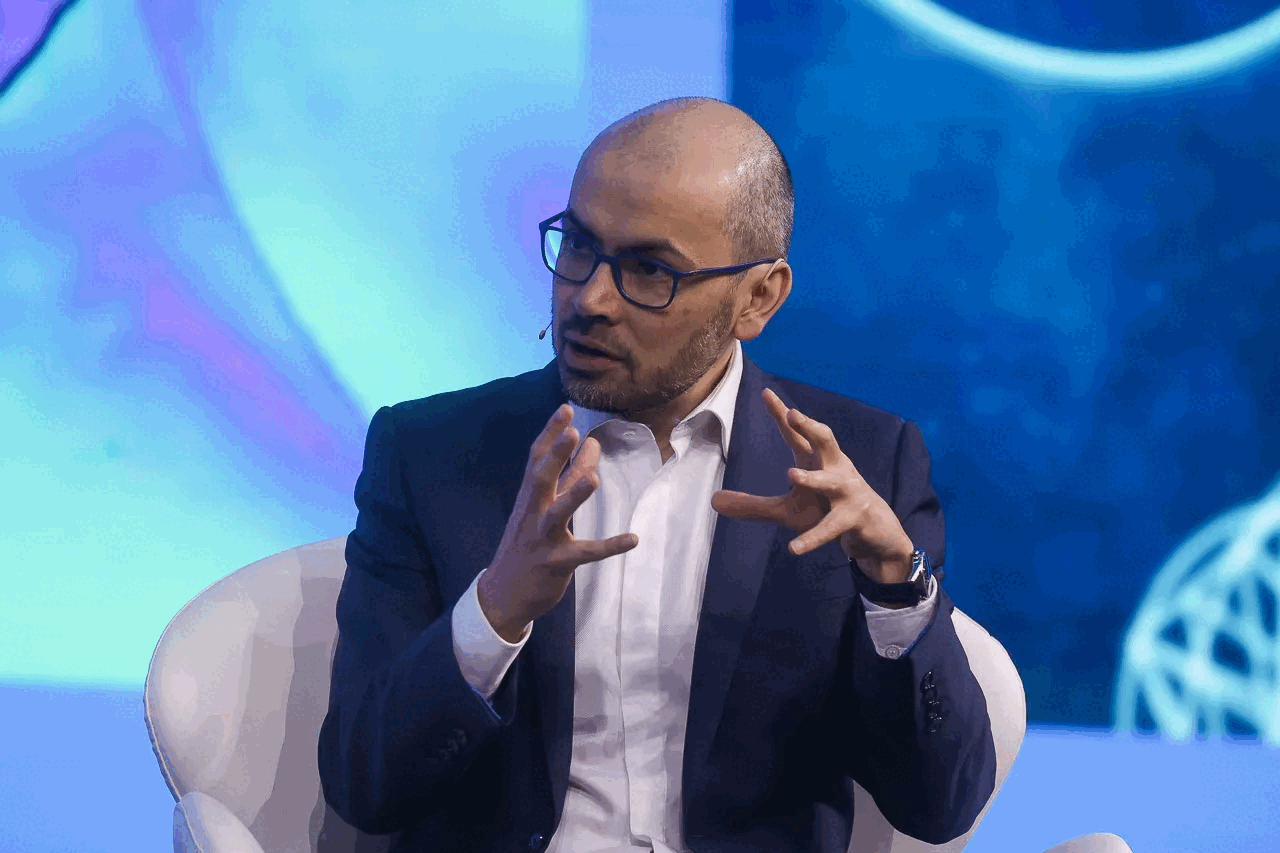Googles New VR Headset May Be Standalone Device
- Friday, February 12th, 2016
- Share this article:
 So far, everyone working in the new virtual reality revolution has been focused on producing VR headsets that work in concert with other devices, from Oculus Rift headset for desktop computers to Googles Cardboard template that is designed to have a phone slotted into it. However, Google may be making the leap to a standalone device that contains all the necessary computing power within the headset itself.
So far, everyone working in the new virtual reality revolution has been focused on producing VR headsets that work in concert with other devices, from Oculus Rift headset for desktop computers to Googles Cardboard template that is designed to have a phone slotted into it. However, Google may be making the leap to a standalone device that contains all the necessary computing power within the headset itself.
According to a report by the Wall Street Journal, the tech giant is developing a standalone headset that would help it stand out from the plethora of other VR headsets currently available or in development. Along with the Facebook-owned Oculus Rift, both HTC and Sonys headsets are tied to a desktop computer or game console, while Samsungs Gear VR requires a Galaxy smartphone.
Googles headset will reportedly have outward facing cameras, its own screen and a high-powered processor based on chips made by Movidius, a California-based startup that specialises in machine vision.
The rumour comes less than a month after Google announced it was forming a dedicated Virtual Reality division headed by Clay Bavor, formerly the vice president for product management at the company, which would aim to build upon the successes of the Google Cardboard.
The search giant is also reportedly working on an updated version of the Cardboard that will include chips and sensors for a more immersive experience, and may even be made from plastic, suggesting that it will be a manufactured device, rather than a template that must be produced by users or a third-party, as the Cardboard currently is.
Google has also heavily invested in Magic Leap, the mysterious “mixed reality” startup that has attracted huge attention (and funding) from some of the tech worlds biggest names, but has yet to demonstrate what its working on. Whether or not any of Magic Leaps technology will be integrated into Googles next headset will remain to be seen.
















